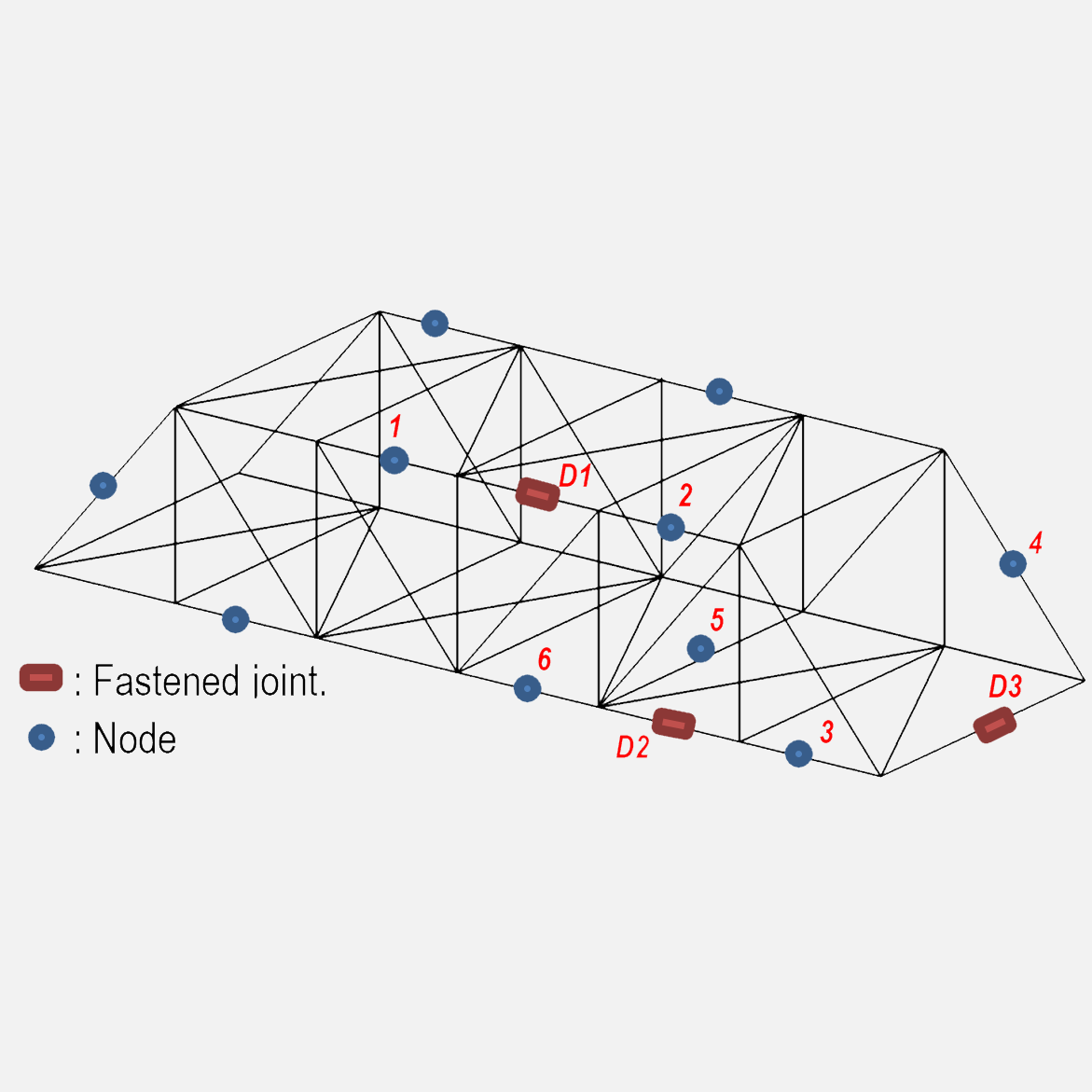Research and Development
The HINDSYHT project
The HINDSYHT project (Highly-Integrated Distributed Synchronization for Structural Health Monitoring) aims to bring useful insight regarding the structural integrity of an infrastructure. Assessment will be made possible by employing ultrasonic testing techniques that are otherwise used for the purpose of non-destructive evaluation. The adaptation of such techniques for structural health monitoring will be rendered possible with the innovative use of modern and state-of-the art technology in the neighbouring areas of electronics, communications networks and digital signal processing. The proposed platform comprises a wired network of synchronised nodes, bearing the capability to both sense and emit ultrasonic signals. For testing the system’s performance a simple steel truss structure will be constructed on which the nodes will be deployed. The extent of artificially-induced structural changes in the truss will then be measured by the monitoring system. The project’s acronym stems from the project’s title in a word play with the word “hindsight” which involves the understanding of an event that has already taken place.
The eDACmicro project
The primary technical objective of the eDACmicro project is to develop a laboratory embodiment of a novel concept pertaining to the implementation of switched-mode digital-to-analogue converters (DAC) in modern microcontrollers. The project promotes the development of a novel and inventive idea for optimising the hardware resources of modern microcontrollers. The proposed innovation will alleviate the size, weight, power and cost (SWAPC) constraints usually met in highly integrated systems by exploiting the peripherals of a microcontroller to implement a high-end DAC. Usually, a DAC either comes as a separate integrated circuit or as a peripheral of larger integrated circuits. The adoption of such solutions can many times lead to a violation of the imposed SWAPC constraints. The eDACmicro project will be implemented as a firmware addition that will advance the state of the art in the microcontroller solutions that the host organisation provides. A successful outcome is expected to loosen the strenuous design constraints mentioned above, without compromising the quality of the final product. The performance of this innovation will be tested in a basic signal transmit/receive experiment in the laboratory. The design will be incorporated in a signal loop that will involve a transmit amplifier, a transmit transducer, a receive preamplifier and a receive transducer. This experiment process will affirm that the proposed innovation is indeed fit for purpose and that its further exploitation is feasible. The maximum attainable resolution, sampling rate and figures of merit such as Dynamic Range, Spurious-Free Dynamic Range and Total Harmonic Distortion will be recorded. The end-product of the eDACmicro project will be considered as a significant addition to the intellectual property of the host organisation ready to be integrated in future project work and reach a higher TRL



